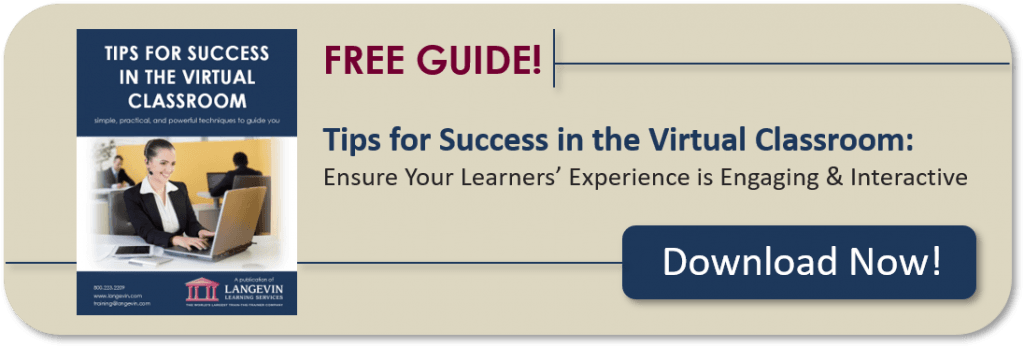“David, can we set up a meeting later today to discuss tomorrow’s meeting on the proposal of having a company-wide meeting?” Does this sound familiar? Okay, so maybe not to that extent, but do you ever feel like there are way too many meetings? Have you ever been to a meeting that went down so many rabbit holes you felt like Alice in Wonderland? Or, attended a meeting that didn’t have a clear objective, so you weren’t sure why you were even there? Unfortunately, this is a common occurrence in the workplace: unnecessary, unclear, and unorganized meetings.
Keep reading for tips and guidelines to help you decide whether a meeting is needed and, if it is, how to ensure it is a valuable use of everyone’s time.
Should I have a meeting? Ask yourself the following key questions:
Is there an indisputable need to provide information?
- YES – Have a meeting
- NO – No meeting
Do at least two team members (not including yourself) need to attend the meeting?
- YES – Have a meeting
- NO – No meeting
Can the information be effectively delivered by other means?
- YES – No meeting
- NO – Have a meeting
Can all participants attend the meeting without it having a negative impact on their schedules?
- YES – Have a meeting
- NO – No meeting
Do you have a clear idea as to what you must accomplish in the meeting?
- YES – Have a meeting
- NO – No meeting
After asking the above questions, if you have determined a meeting is needed, these tips will help ensure the meeting is effective:
1. Write and distribute a pre-meeting package.
- Distribute a memo identifying the topic of the meeting at least two hours in advance. Ask participants to read the memo and prepare questions and comments.
- Include an agenda with time-limits assigned to each item and stick to it!
2. Prepare point-form notes, if needed, to help keep you on track.
3. Appoint a scribe.
- Assign this role to someone other than yourself.
- Record key points and debates, not every detail verbatim.
4. Encourage an informal, yet professional, atmosphere.
5. Encourage interaction and feedback.
- Devote at least two-thirds of the time to discussion and debate.
6. Moderate the discussion.
- Adhere to the agenda.
- Do not allow one person to dominate the discussion.
- Watch for early signs of confrontation and defuse the situation properly.
7. Write and distribute a post-meeting memo.
- Include a summary of discussions and results from the scribe’s notes.
- Distribute to those who attended the meeting and keep a record for your files.
Remember, your first step is to determine if a meeting is necessary, then apply the tips above to ensure you conduct an effective meeting. Hopefully, by using these techniques, meetings about meetings will be a thing of the past!
For fundamental facilitation tools and a structured process that can be applied to any type of facilitated session, whether it is a staff meeting, planning session, or any kind of meeting you want to be meaningful and productive, our Facilitation Skills workshop is the perfect place to start.

